Section 11 of the Safety & Health at Work Act 2005 states employers are required to:
-
Prepare and revise adequate emergency plans and procedures.
-
Provide necessary measures for fire fighting.
-
Provide a plan for safe evacuation of the workplace.
Apex Fire can provide an expert consultant to draw up an Emergency Action Plan for your premises, no matter what sector you operate in, or how large or small your premises.
Benefits of an Emergency Action Plan
-
All Information on Fire Safety is found in one document.
-
Fire Service can easily access the plan in an emergency situation.
-
Allows for easier training of new staff members during orientation.
Contents of an Emergency Action Plan
An Emergency Action Plan provided by Apex Fire consists of several sections:
-
Part 1: Note on the legal requirement for an Emergency Action Plan for your building.
-
Part 2: List of on-site and off-site emergency contact telephone numbers.
-
Part 3: Details of the occupancy of the building, including layout and location of main utility shut-offs (gas, electricity, water), and location of all fire and life safety equipment.
-
Part 4: Schematic diagrams and floor plans of your building, showing exit routes and location of fire and life safety equipment.
-
Part 5: Defines emergency evacuation procedures for all occupants. Also describes procedures to follow upon discovery of fire or smoke, or when hearing the fire alarm.
-
Part 6: Control of specific fire hazards on the premises. Includes instructions on correct use of portable fire extinguishers, identifying classes of fires, and safe use of fire blankets.
-
Part 7: Outlines responsibilities of owner and staff members before and during an emergency. Describes emergency procedures upon discovery of smoke or fire, or sounding of fire alarm, as well as necessary training of supervisory staff (includes senior fire warden’s and fire warden’s responsibilities).
-
Part 8: Describes the general functions of the fire alarm control panel.
-
Part 9: Recommends frequency and describes procedures for regular fire drills.
-
Part 10: Describes checking, testing, and maintenance requirements of fire and life safety systems on the premises.
-
Part 11: Describes alternative procedures to follow in the event of failure or shutdown of fire and life safety equipment and alarms on the premises.





